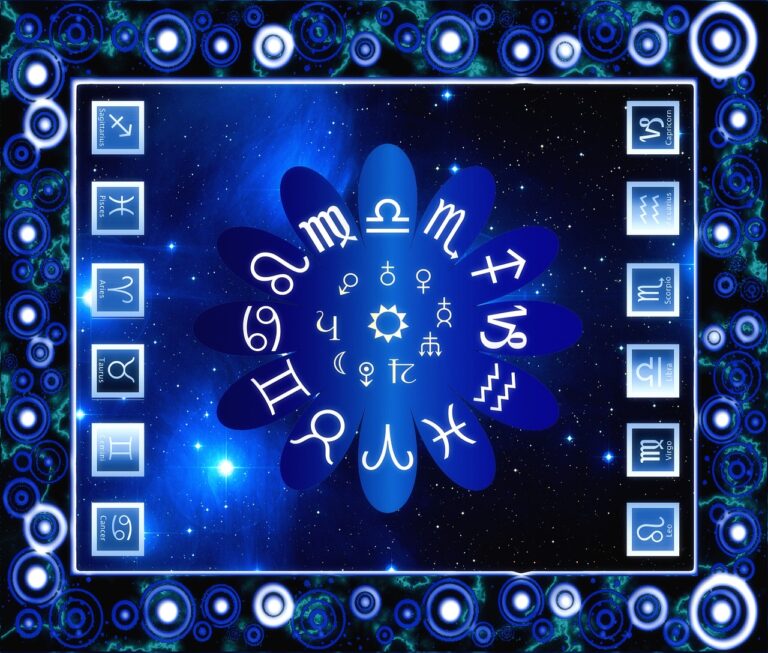Learning to read Chinese is not difficult
學習閱讀中文並不難
Xué xí yuè dú zhōng wén bìng bù nán
Learning to read Chinese is not difficult. I know this statement will strike some as outrageous, but I stand by it. It really is not difficult. (Which is not to say that it is easy). Admittedly, at first glance Chinese writing can be very intimidating. The writing system is in large part the reason that Chinese is consistently at or near the top of any list of hardest languages to learn. The United States Foreign Service Institute, which teaches languages to would-be or current diplomats, puts Chinese along with Arabic, Japanese and Korean in the category of “super-hard languages”, languages that are exceptionally difficult for native English speakers.
I believe that labeling Chinese difficult or “super-hard” does a great disservice to those desiring to learn the language. With more native Mandarin Chinese speakers than any other language in the world, there are many benefits to learning the language. With relatively simple grammar conversational Chinese is within reach of most anyone with the desire to learn. Becoming literate in Chinese, while requiring more effort, is achievable as well. I prefer to think of learning written Chinese as different, rather than difficult, and certainly achievable and worthy of whatever effort is required. It’s a matter of perception.
不同不難
Bù tóng bù nán

Everyone knows that learning a language requires practice. It also requires patience. It certainly won’t happen overnight. Rome was not built in a day.
羅馬不是一天建成的
Luó mǎ bú shi yì tiān jiàn chéng de

Once you have set a goal, there is nothing to be gained by focusing on the difficulty of the task. Throw out all negativity; it will just tend to discourage you and may even lead to your giving up. Instead, once your goal is set, focus on the task at hand. Realize that you are learning a new skill and since you have never done it before it will be different. Embrace the difference. Get excited about learning. Utilize all the tools that are available to you and make it happen.

Think also of all the benefits that will be yours once you are literate. No longer will street signs, billboards and businesses be a mystery. You will be empowered. You will be able to venture out in China with confidence. Great literature will now be available to you. Apps and webpages that are only in Chinese will become accessible to you. You will be able to read a menu. You will be able to order and pay for things using your smartphone. As you read Chinese you will gain further insight into the Chinese culture. Keep the end goal in mind while enjoying the journey of learning. What is nice about learning to read Chinese is that each character you learn is a badge of progress. You are on your way.
One thing that you are sure to come across, both in conversation and in writing, is Chinese using Chéngyǔ (成语). Simply put these are 4 character idioms mostly drawn from ancient literature which are a compact way of expressing an observation or truth. I’ll end this blog by sharing one that I think applies well to learning to read Chinese.
金石為開
Jīn shí wèi kāi
Examining each character by itself it would read (Metal Stone for open). Of course that is not the way translation is done. What the Chéngyǔ is saying is that even metal and stone can be pierced. It comes from a fable about an archer who thought he saw a tiger and shot an arrow at it. Upon closer examination he discovered that in actuality it was a stone which somehow his arrow had penetrated. The message to be conveyed is that the seemingly impossible is in fact achievable. Don’t be overwhelmed by the complex looking characters and how utterly foreign they appear. Don’t listen to those who say they’re too difficult to learn. You got this.








